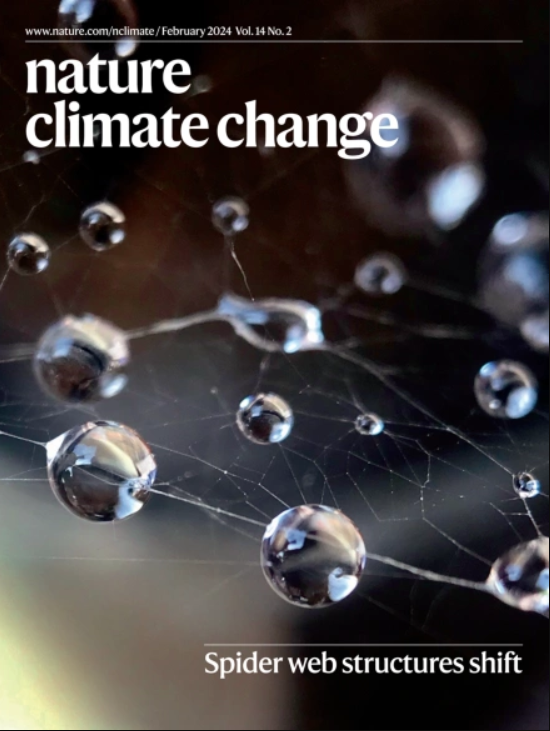在生态恢复中必须明确认识到遗传多样性
IF 27.1
1区 地球科学
Q1 ENVIRONMENTAL SCIENCES
引用次数: 0
摘要
全球森林观察估计,在2000年至2020年期间,树木覆盖的净变化为- 101 Mha,净碳汇为- 5.59亿吨二氧化碳当量/年(参考文献2)。如果不采取保护措施,全球海草退化将平均排放1.15亿吨二氧化碳3。碳排放的增加和相关的气候变化与其他类型的人为干扰(包括土地利用变化、栖息地丧失和污染)同时发生,共同破坏了全球各种生态系统的生物多样性。如此巨大的损失与生态系统中遗传完整性的侵蚀有关:适应性基因变异可能丧失,基因流动网络发生改变,退化的地点更容易由于遗传漂变增加而导致有效种群规模减少。遗传多样性对物种的抗病性、适应性和长期生存至关重要,在当前多因素快速全球变化的背景下尤为重要。特别是在气候变化方面,随着物种栖息地和活动范围的缩小,已经观察到遗传同质化、变异和适应潜力的丧失。尽管如此,遗传多样性在恢复规划和管理中经常被忽视,很少被纳入恢复结果的监测评估。在联合国和其他恢复文件中缺乏对生物多样性的明确定义,迫使利益相关者不得不自己定义。在包括物种、功能和生态系统多样性在内的更广泛的生物多样性背景下,由于各种原因,遗传多样性可能不太可能得到优先考虑。在许多区域和大多数物种(和种群)中,仍然缺乏既定的遗传数据基线,需要花费费用和专门知识来获得这种基线并进行持续监测。在决定用于恢复的种质来源时,通常优先考虑节省短期成本而不是长期效益,尽管由于在森林恢复过程中较少需要更换种植的树木,因此有可能降低长期成本。在其他情况下,例如社区主导的恢复项目,种内(遗传)多样性的概念可能仍然相对模糊。本文章由计算机程序翻译,如有差异,请以英文原文为准。

Genetic diversity must be explicitly recognized in ecological restoration
求助全文
通过发布文献求助,成功后即可免费获取论文全文。
去求助
来源期刊

Nature Climate Change
ENVIRONMENTAL SCIENCES-METEOROLOGY & ATMOSPHERIC SCIENCES
CiteScore
40.30
自引率
1.60%
发文量
267
审稿时长
4-8 weeks
期刊介绍:
Nature Climate Change is dedicated to addressing the scientific challenge of understanding Earth's changing climate and its societal implications. As a monthly journal, it publishes significant and cutting-edge research on the nature, causes, and impacts of global climate change, as well as its implications for the economy, policy, and the world at large.
The journal publishes original research spanning the natural and social sciences, synthesizing interdisciplinary research to provide a comprehensive understanding of climate change. It upholds the high standards set by all Nature-branded journals, ensuring top-tier original research through a fair and rigorous review process, broad readership access, high standards of copy editing and production, rapid publication, and independence from academic societies and other vested interests.
Nature Climate Change serves as a platform for discussion among experts, publishing opinion, analysis, and review articles. It also features Research Highlights to highlight important developments in the field and original reporting from renowned science journalists in the form of feature articles.
Topics covered in the journal include adaptation, atmospheric science, ecology, economics, energy, impacts and vulnerability, mitigation, oceanography, policy, sociology, and sustainability, among others.
 求助内容:
求助内容: 应助结果提醒方式:
应助结果提醒方式:


